“The bearded handsome deer”... That's what the scientists of the Egyptian wildlife called him. Although he is an endangered antelope, he remains the king of those species crowning on the throne of the antelope world. The sign of his coronation is those strong horns wrapped around his strong neck.he has one of the strongest hooves in the world of mammals, what qualifies him to become a good climber of rugged mountains, but he often slips because he has to come down daily to get water from an eye below the mountain, and his agility does not help to avoid that.
Although the Nubian Ibex is an endangered animal, it is a widespread organism. It settles in the mountainous areas of Yemen, Saudi Arabia, the Negev desert, the Sinai peninsula, Jordan and the Nubian area in Sudan. Previously, it also lived in Lebanon and Syria before it was extinct in the 1950s as a result of illegal hunting and urbanization in the rural and mountainous areas where it lived. However, there are some scientific attempts to settle these Nubian antelopes within the preserves in Al-Sham countries.

Some believe that the Nubian Ibex is just a breed of the famous European “alpine ibex”, and some think it is a free and independent species. According to the congruent specifications, the ibex is approximately 60 cm high at the shoulders. It weighs about 50 kg, with a pale black color and white color on the abdomen. The males are marked by a black line on their front feet and on their backs. In addition to a black beard, it also has long arched horns but the females' horns are much smaller, only about 30 cm long.

Nubian ibexes live in separate herds of males and females, they are active in the daytime and rest during the night. It was mentioned in the Arabic poems and in the Torah, too. In the late decades of the 20th century, many ibexes that lived on islands were relocated to the United States to keep them as chases in private farms and lands in Texas, California in particular, where they were hybridized in some cases with other species of goats to breed a distinctive chase with the characteristics and attributes of the Nubian Ibex, most notably horns.
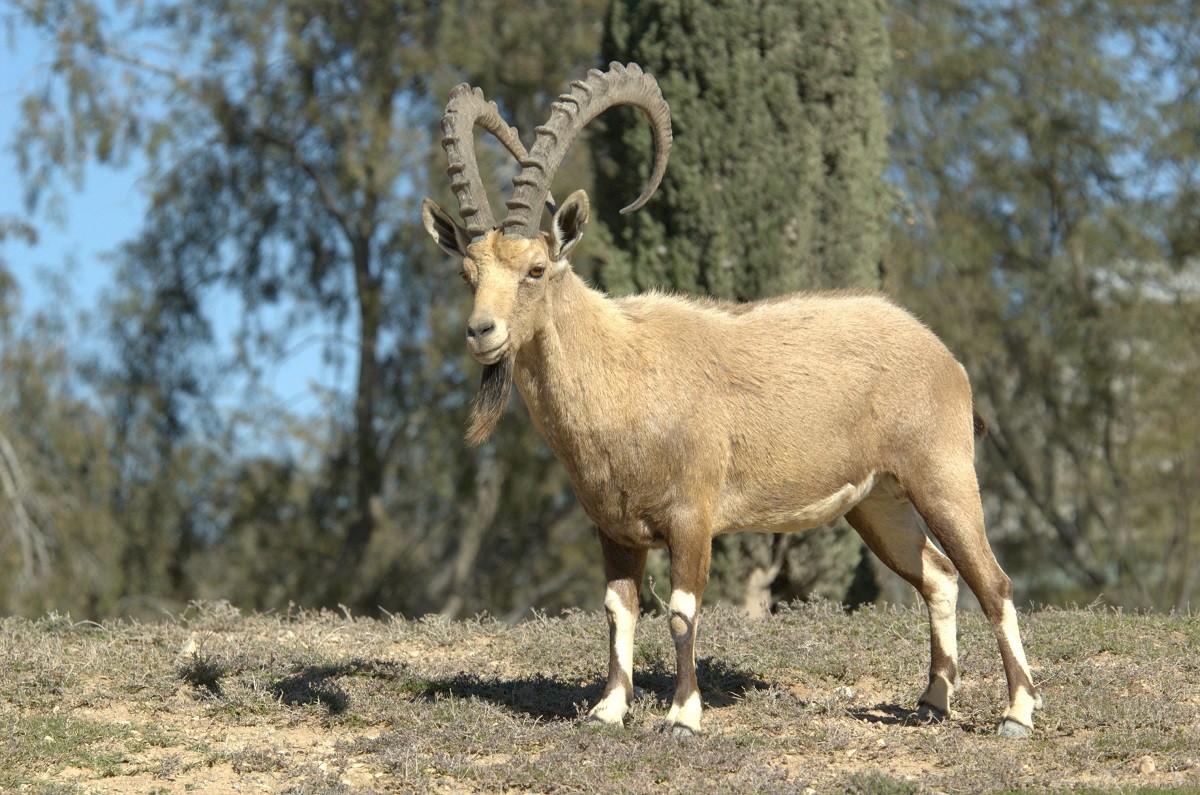
Illegal hunting was the main reason it was put on the red list of endangered species, so IUCN was forced to include it in 2008. About 24 months earlier, specifically in 2006,IUCN's database included all interpretations that would classify the Nubian Ibex as endangered animal. In Egypt there is a project adopted by the State represented by the Ministry of Environment to protect the Nubian Ibex in southern Sinai, implemented by the Association of Nature and Heritage Protectors of the mountains of st. Catherine, where it inhabits the valleys overlooking them.






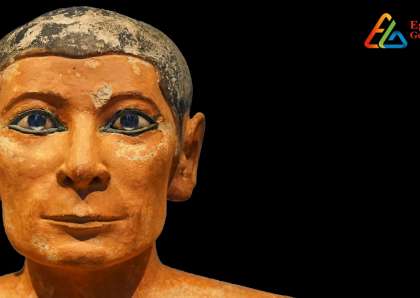


















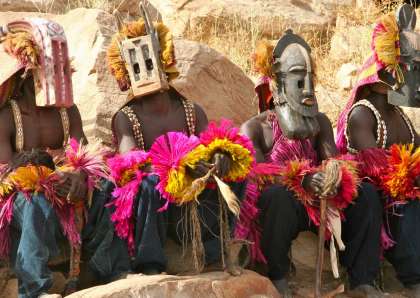





















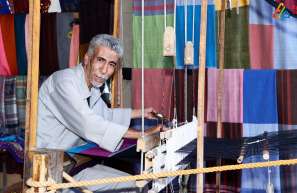


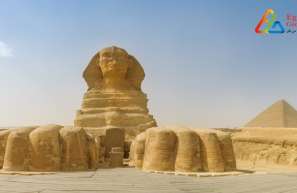











مجلة علمية معرفية وثائقية تتناول الشخصية المصرية